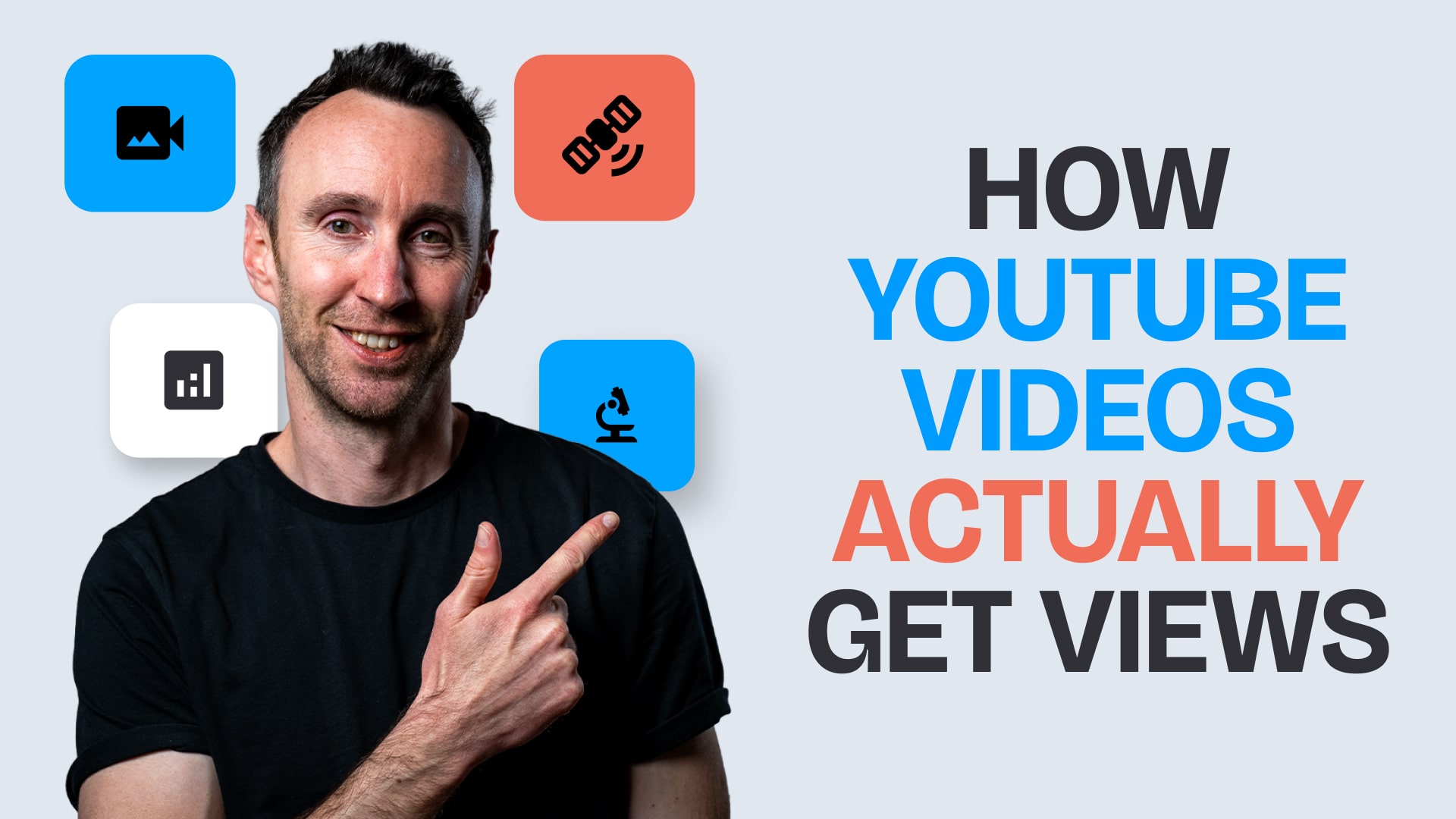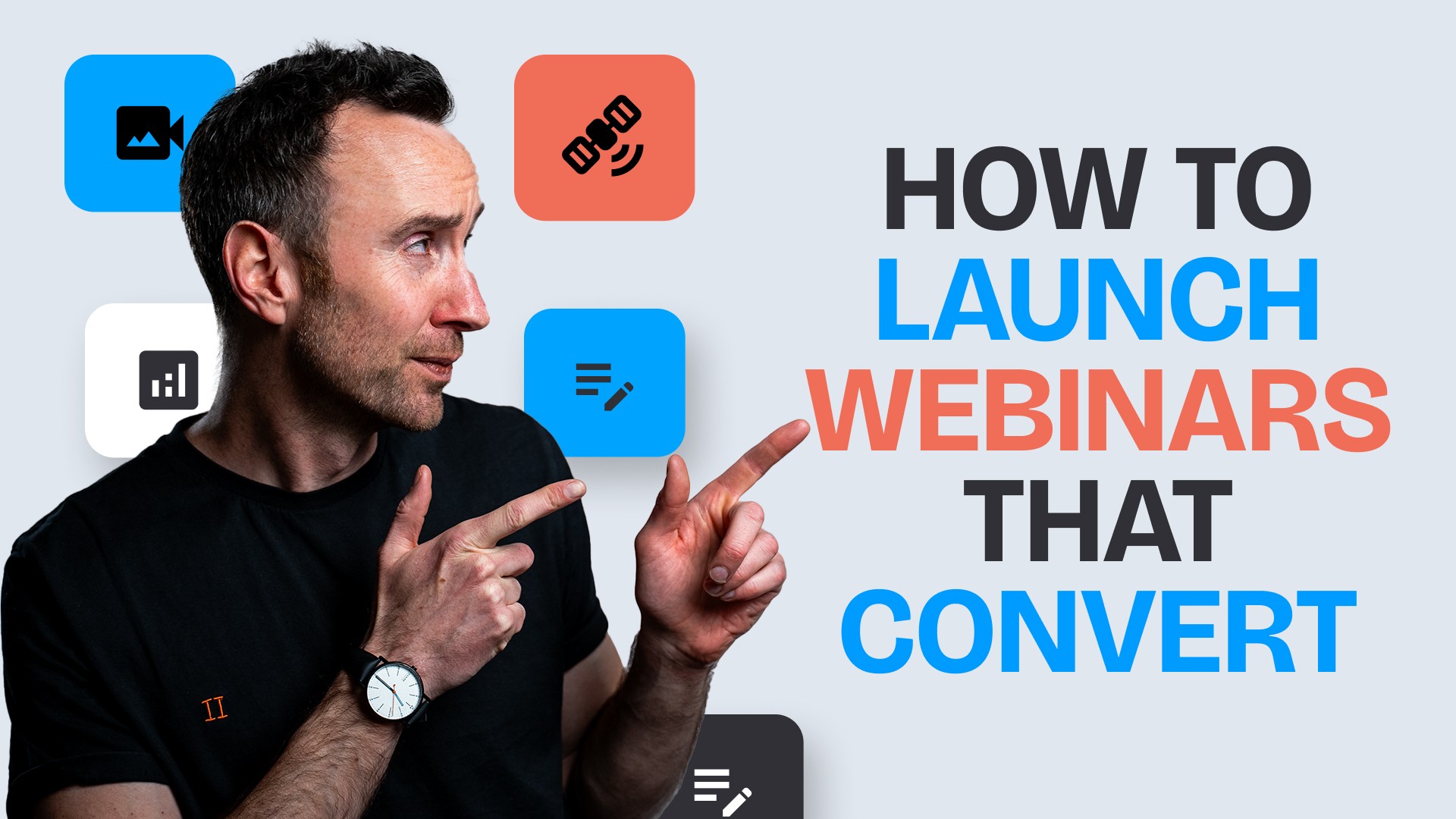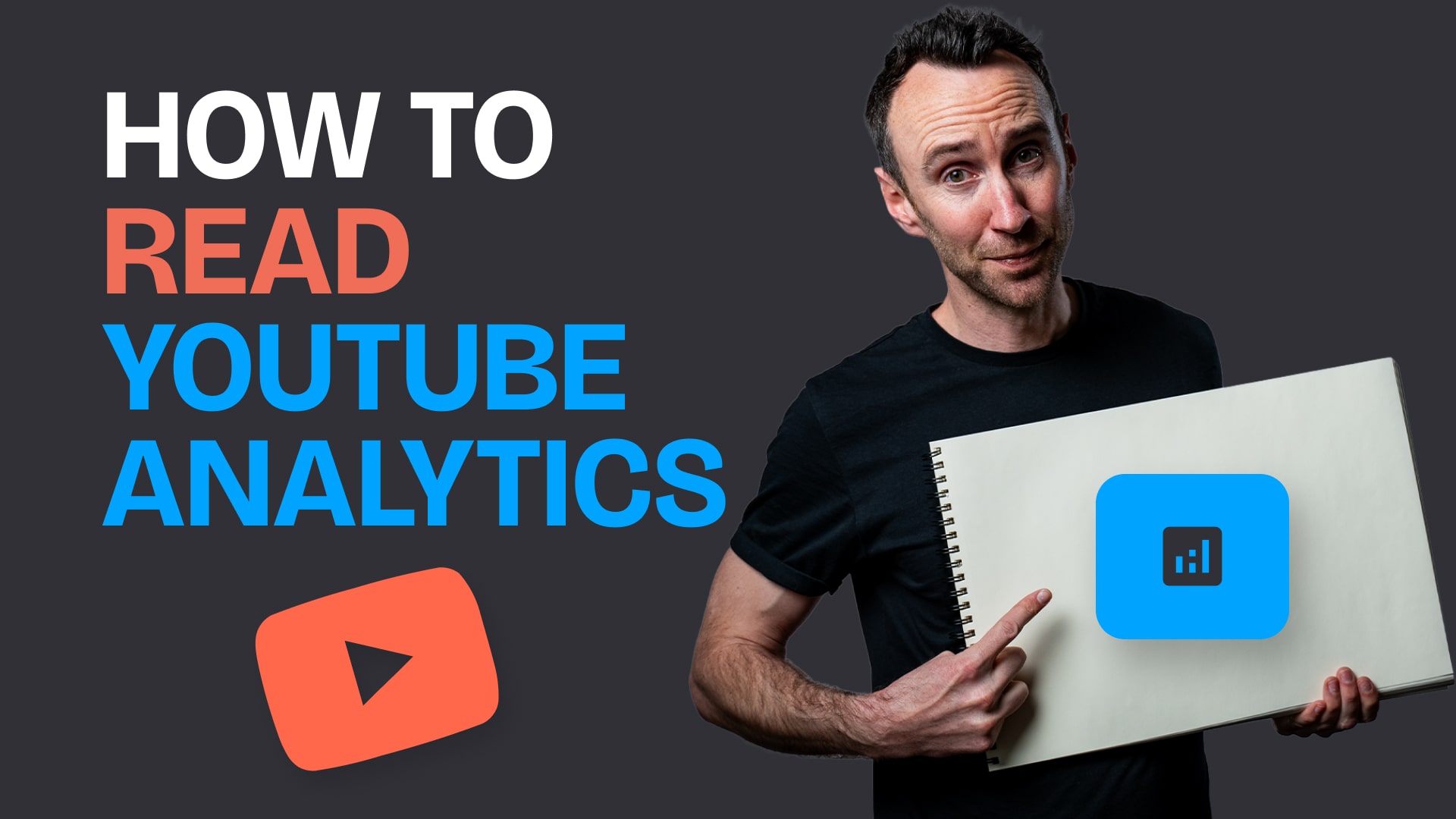
BLOG OVERVIEW
How to Build the Right Team for Your YouTube Channel
In
YouTube
by
Calum Russell
May 26, 2025
If you’re building a YouTube channel for your company, you’ve probably already realised something pretty crucial: this is not just a side hustle.
It’s not just repurposing the odd webinar, or “launching a video strategy” by uploading your brand film from 2019.
Building a YouTube channel that actually drives results means treating it like a marketing function in its own right. And just like any function, that means putting the right team behind it.
So whether you’re a solo founder, a scrappy startup, or a scaling business with a decent marketing budget—you’re going to need a team.
And no, this isn’t just a list of job titles.
This article will walk you through the three team structures we’ve seen work time and time again—first-hand and with our clients. From the early days of one-person-with-all-the-hats, to hybrid models with freelancers, all the way to full-scale in-house teams plugged into the wider marketing engine.
Let’s dive in.
1. The One-Person Army (aka: All the Hats)
Most companies start here.
You hire one very ambitious human being to “do YouTube”—and by that, you mean they’re expected to plan, shoot, edit, upload, optimise, monitor and maybe even star in the content. Simple.
We’ve been that person. We’ve hired that person. We’ve coached that person.
And here’s what we’ve learned.
It can work. With the right person, and a clear focus on weekly video releases, you can absolutely start growing a channel with a single person behind the wheel.
You move fast. You learn quickly. You experiment freely. You don’t get bogged down in sign-offs or stakeholder meetings. And you build a proper understanding of how YouTube works—from algorithm to analytics.
But it’s not without cost. Around 80% of their time is going to get swallowed by editing and post-production. That leaves little space for strategy, creative thinking, or performance analysis. And let’s be honest—it’s a lot of pressure for one person to carry.
If you go this route, protect that person’s focus. Don’t drown them in cross-functional requests. Don’t expect them to be doing TikTok on Tuesdays and Slack videos on Fridays. Give them breathing room to learn, test, and improve.
And crucially—treat this role as the foundation. Not the finish line.
2. The Hybrid Model (aka: One Strategist, Many Freelancers)
Once you’ve outgrown the one-person model—or if you’re jumping straight in with a bit more budget—the next evolution is the hybrid approach.
Here’s what that looks like.
You keep a core strategist in-house. This person understands your brand, your audience, and your goals. They decide what’s worth making and when. They plan the production days. They handle uploads and performance reviews.
Around them, you build a network of freelancers—typically an editor, a videographer, maybe a motion designer or scriptwriter. These folks handle the heavy lifting of video production without adding permanent headcount.
You might shoot once a month in batches—5 or 6 videos in a day—and then drip them out weekly.
At CareerFoundry, we scaled to over 250k subscribers with this setup: a lean in-house team driving the strategy, supported by a rotating cast of trusted freelancers handling the output.
Why does this work?
You keep quality high without bloating the team.
You get professional edits without sinking your strategist’s time.
You can flex output up or down depending on campaign needs.
What’s the risk? Workflow coordination becomes critical. If your freelancer misses a deadline, your publishing cadence suffers. So you’ll need systems—Notion, Trello, Frame.io—whatever keeps everyone on the same page.
But when it works, this model is an absolute sweet spot.
3. The In-House Content Engine (aka: You're Not Messing Around)
For scaleups and enterprises who see YouTube as a central growth channel—not just a nice-to-have—the next move is to build a dedicated in-house team.
At this stage, you’re not just “doing YouTube.” You’re running a multi-channel content engine that feeds into SEO, email, social, sales enablement, and paid campaigns.
Here’s what that team might look like:
Director of Video – owns the vision, leads the team, works across departments.
Creative Producer(s) – plans formats, writes scripts, manages timelines.
Videographer(s) – handles production, lighting, sound.
Editor(s) – cuts the footage, adds motion graphics, polishes delivery.
YouTube Strategist – optimises performance, monitors trends, owns the channel.
Sometimes you’ll also loop in SEO specialists or content marketers to help your videos rank—and analysts to track how YouTube contributes to your bottom line.
And crucially, this team doesn’t work in a silo. They collaborate with:
Performance (to repurpose content into ads)
Social (to distribute Shorts and teasers)
Brand (to maintain messaging)
Product and Sales (to showcase real use cases and testimonials)
The key to success here? Project management. When there are this many moving parts, you need crystal-clear workflows, accountability, and feedback loops. Otherwise, content gets delayed, budgets get bloated, and your messaging starts to drift.
Where Should the YouTube Team Sit?
This is the bit most companies get wrong.
YouTube sits somewhere between social, content, and brand—but often doesn’t get a seat at any of those tables properly.
Here’s our take:
In early stages, YouTube sits under marketing, reporting to a head of marketing or marketing director.
In mid-sized teams, it often lives within the social team, with a strong strategist acting as the bridge to brand and performance.
At scale, YouTube becomes a function of its own—tightly linked with the brand team but with its own metrics and targets.
Why brand?
Because at its core, YouTube is not a “social platform” in the TikTok or Instagram sense. It’s closer to a content hub or an owned media channel. And when done right, it shapes brand perception, drives long-term search visibility, and builds trust.
It’s not a billboard. It’s a library.
The Hidden Cost of Getting This Wrong
We’ve seen too many companies mis-hire here.
They bring in a brilliant editor—but give them no strategic support.
Or they bring in a marketing strategist—but expect them to learn Premiere Pro in a week.
Or worse, they spread YouTube responsibilities across five different roles, none of whom have the time or incentive to do it properly.
And then they wonder why the channel isn’t growing.
YouTube rewards focus, consistency, and quality. You won’t get that from a fragmented, unfocused team.
So What Should You Actually Do?
If you’re a founder or marketing leader building a YouTube function in 2024, here’s our honest, no-BS advice:
If you’re early stage…
Hire one person who’s hungry to learn. Give them a clear goal: weekly releases. Invest in training, protect their time, and don’t expect miracles in month one.
If you’re growing…
Keep a strategist in-house. Outsource the rest. Build efficient workflows. Create in batches. Focus on performance data, not just vibes.
If you’re scaling…
Build a team. Treat YouTube like a real channel, with real KPIs. Plug it into your wider marketing machine. Use it to generate leads, build brand authority, and feed other channels.
Final Thought: YouTube Is a Long Game
The biggest myth we see? That you can “test YouTube” with a couple of videos.
You can’t.
You build a team, you build a cadence, you build an audience. And then the results start to roll in.
It’s not about how fancy your gear is. It’s about whether you have the right people, doing the right things, with the right focus.
And if you want help figuring out what that looks like for your company—we do this for a living.
Get in touch. Let’s build something worth watching.




